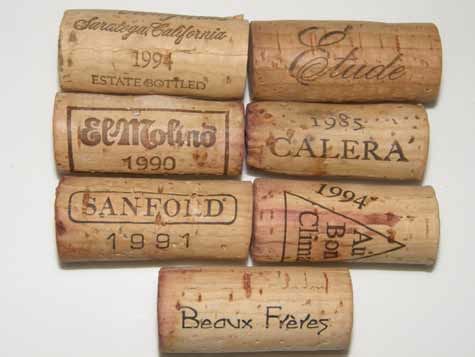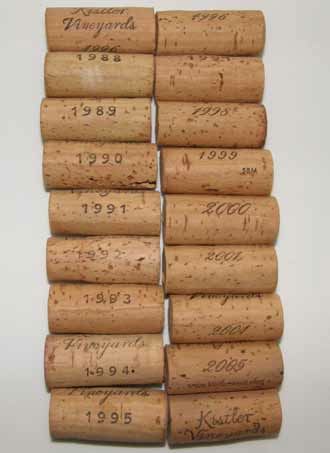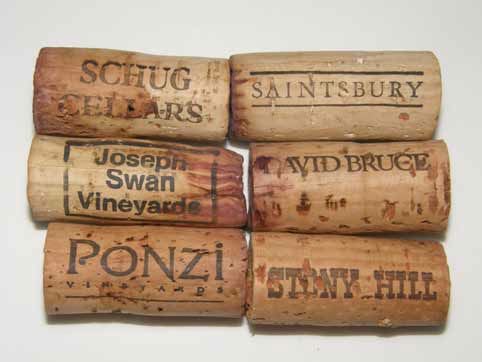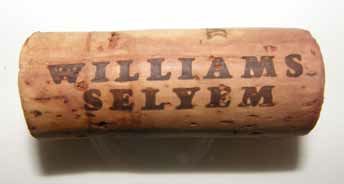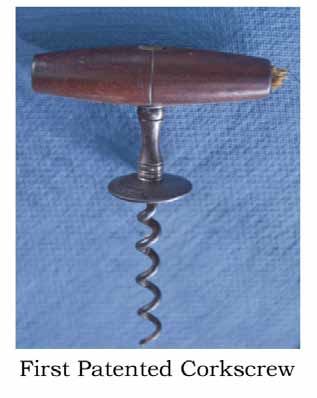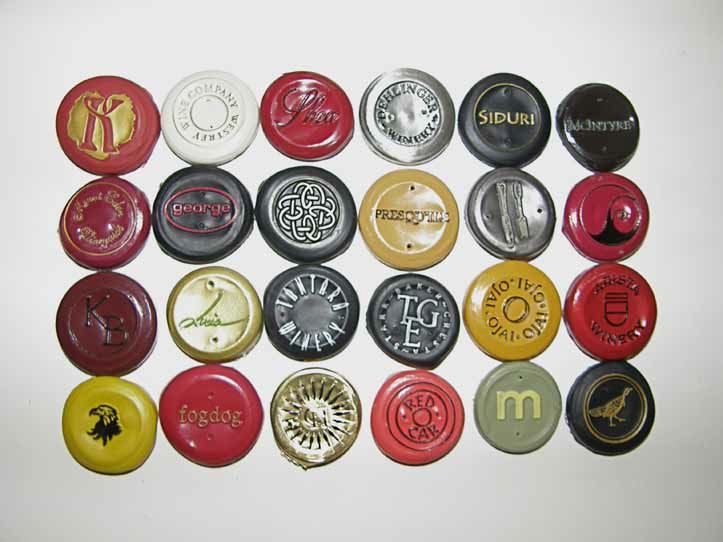Cork Dork
“In the entire world, only a few sounds bring joy to all but the most jaded.
One is the purring of a kitten. Another is the thwack of a well-pitched baseball hitting a perfectly swung bat.
And a third is the pop of a cork being pulled from a bottle of wine.”
George Taber, To Cork Or Not To Cork
The Urban Slang Dictionary defines cork dork as a person who talks about wine too seriously. I suggest a
second meaning: a person who collects and treasures old corks.
I am an incurable collector so it is no surprise that I have amassed all the corks from the wines I have opened
over the last forty years. Many people have a few corks rolling around in a kitchen drawer, but I take cork
collecting more seriously. The corks have accumulated in trash bags in the attic because I could never figure
out what to do with them. I know there are many clever craft projects that can be done with wine corks,
including wreaths, bulletin boards, trivets, reindeer ornaments, garlands, key chains, place settings, cork mats
and even a wall of corks. I heard of one cork aficionado who made a barge of 160,000 wine corks and sailed it
along the Douro River in Portugal. None of these projects appealed to me, so the collection has taken on a
prodigious size.
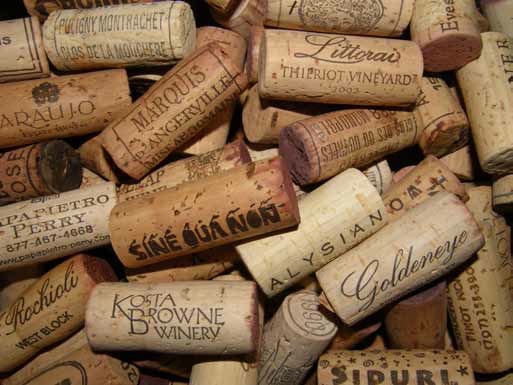
I recently had to clear out the attic to install new heaters, so I spent some time sifting through the corks. This
turned out to be a very memorable, nostalgic undertaking. I found corks that brought back vivid memories such
as the 1992 magnum of Williams Selyem Rochioli Vineyard Russian River Valley Pinot Noir I opened on my
50th birthday and the 1943 DRC La Tâche (my birth year) that I drank on my 60th birthday. Corks seem
ageless and do not deteriorate over time.
Natural corks are often branded with intricate designs and usually stamped with the producer’s name. Phone
number, email address and vintage are less common
Most corks do not have the date on them, but those that do can revive long lost experiences. I discovered, for
example, Pinot Noir corks from 1990 El Molino, 1989 Etude, 1990 Sanford, 1991 Mount Eden Vineyards, 1985
Calera (the first case of Pinot Noir I ever bought), 1994 Au Bon Climat, 1992 Domaine Drouhin Oregon and
1993 Beaux Freres among others. Among dated corks, Kistler Vineyards was a favorite (22 cases of corks,
mostly Chardonnay, 1988-2005).
Many non-dated, very old corks were found from iconic producers such as Joseph Swan Vineyards, Robert
Stemmler, Stony Hill, Hanzell, Saintsbury, Ponzi, Schug Cellars, Williams Selyem, Gary Farrell and David
Bruce. I found that I drank my fair share of Rochioli & J. Rochioli (10 cases of corks), Gary Farrell (18 cases of
corks) and Williams Selyem (32 cases of corks) Pinot Noir.
I had corks from Domain Drouhin Oregon from 1988 through 2010 (22 vintages), and 12 cases of Chalone
Vineyard Pinot Noir corks from 1974 through 1994 (I was a Chalone shareholder).
There were 26 cases of Champagne, Champagne magnum and assorted large format corks, almost all
undated, but there was a dated 1961 Krug, 1976 Champagne Deutz, and 1979 Perrier-Jouët cork.
Burgundy corks are particularly appealing as they are more wordy, beautifully designed, and often with the
words, “Mise Au Domaine” on the cork.

The first reference to cork dates to 3000 B.C. in China, where cork was used as part of fishing equipment.
According to George Taber in To Cork or Not to Cork (2007), “No one knows exactly when the first person put
the first cork in a wine container.” The Greeks in the 5th century used corks occasionally to close wine jugs
and the Romans also used cork as a stopper, by itself and coated with pitch, but corks were not the closure of
choice in ancient days. According to Taber, corks have been found in Roman shipwrecks dating from the fifth
century B.C. to the fourth century A.D.. Professor Vernon Singleton of UC Davis believes the Romans were
the first to use cork to protect wine from air.
It was not until the 17th century, when glass bottles were first made with more uniform openings, that cork
became the standard closure for wine bottles. The use of cork to stopper glass containers started first in
England and spread to Continental Europe.
A common misconception is that cork was first adapted as a stopper in 1670 by the French Benedictine monk
Dom Perignon for the sparkling wine of his Hautvilliers’ monastery. The truth is that the English had been
bottling sparkling wine with cork in London before Dom Perignon’s supposed discovery.
Once cork was in regular use, a good way to remove the cork was needed. According to Taber, the first English
patent for a corkscrew was given to Samuel Henshall, a member of the clergy, on August 24, 1795. This
produced the marriage of bottle, cork and corkscrew, and for the first time, a reliable way to age wine.
www.studentprince.net
Paul White, writing for the Slow Food Movement, summarized the value of wine corks. “For more than two
centuries, winemaking, wine maturation and wine styles have been closely allied to the mechanical and
chemical properties of cork. Indeed, without cork, humanity would never have defined the concept of terroir.”
I also have an interesting collection of capsules. Like I said, I an inveterate collector. I haven’t figured out what
to do with them either.




